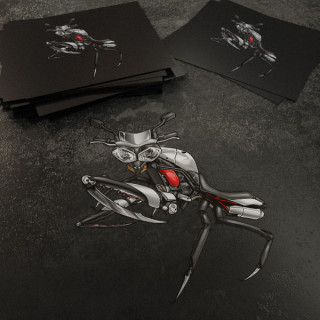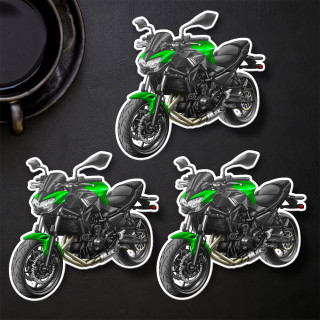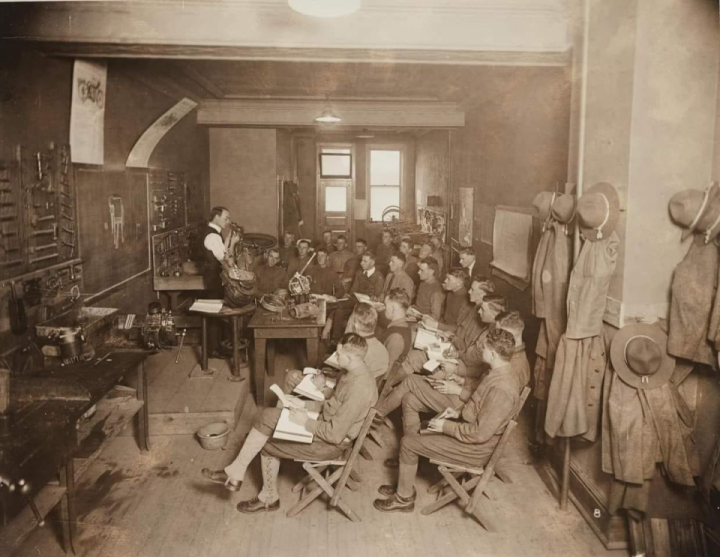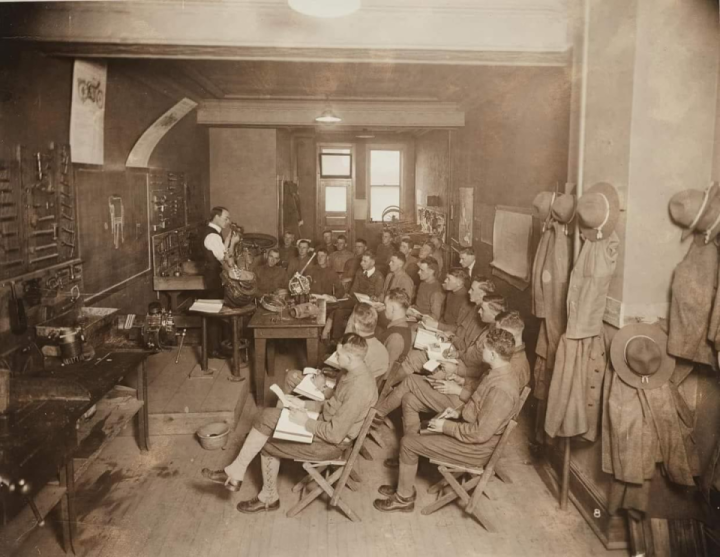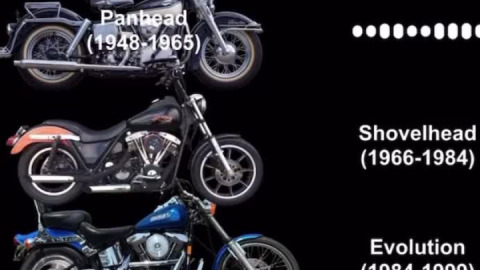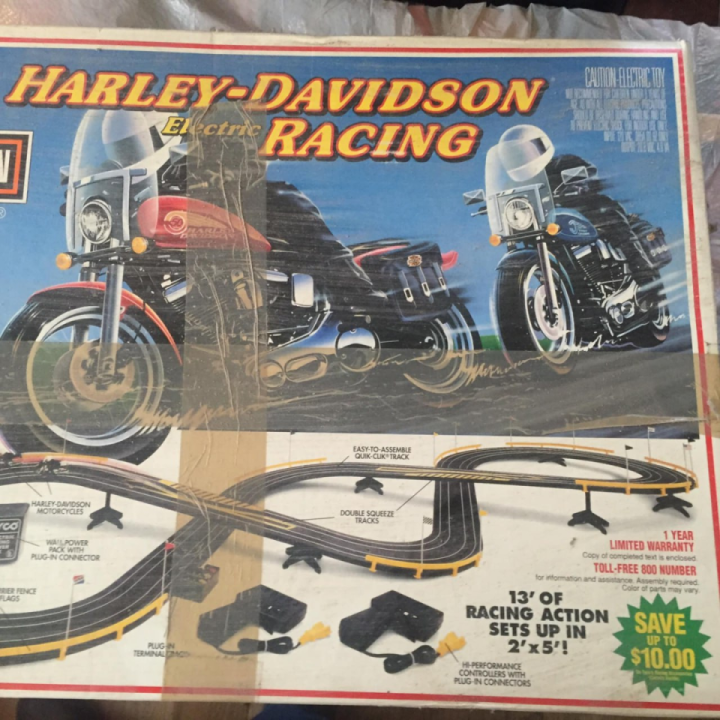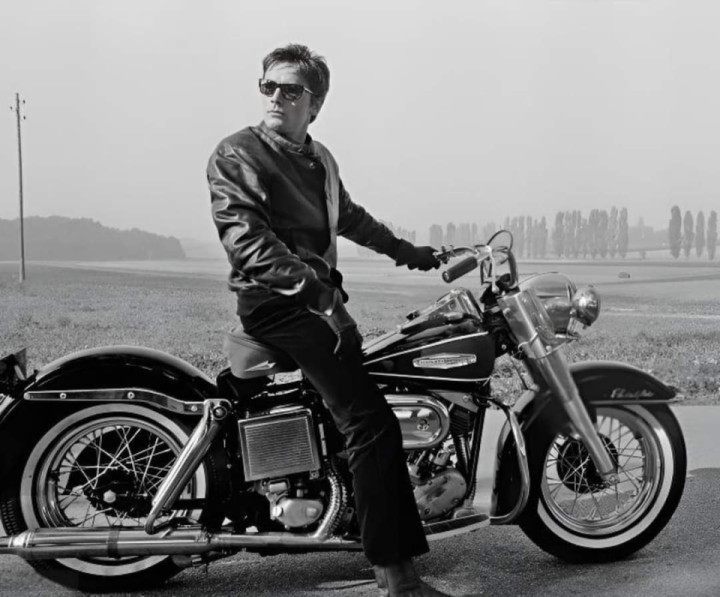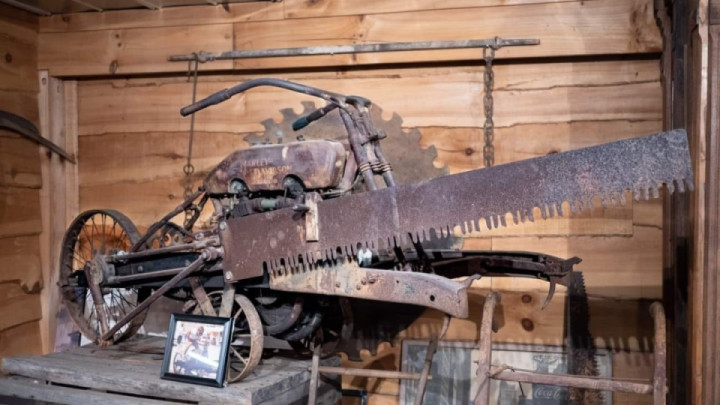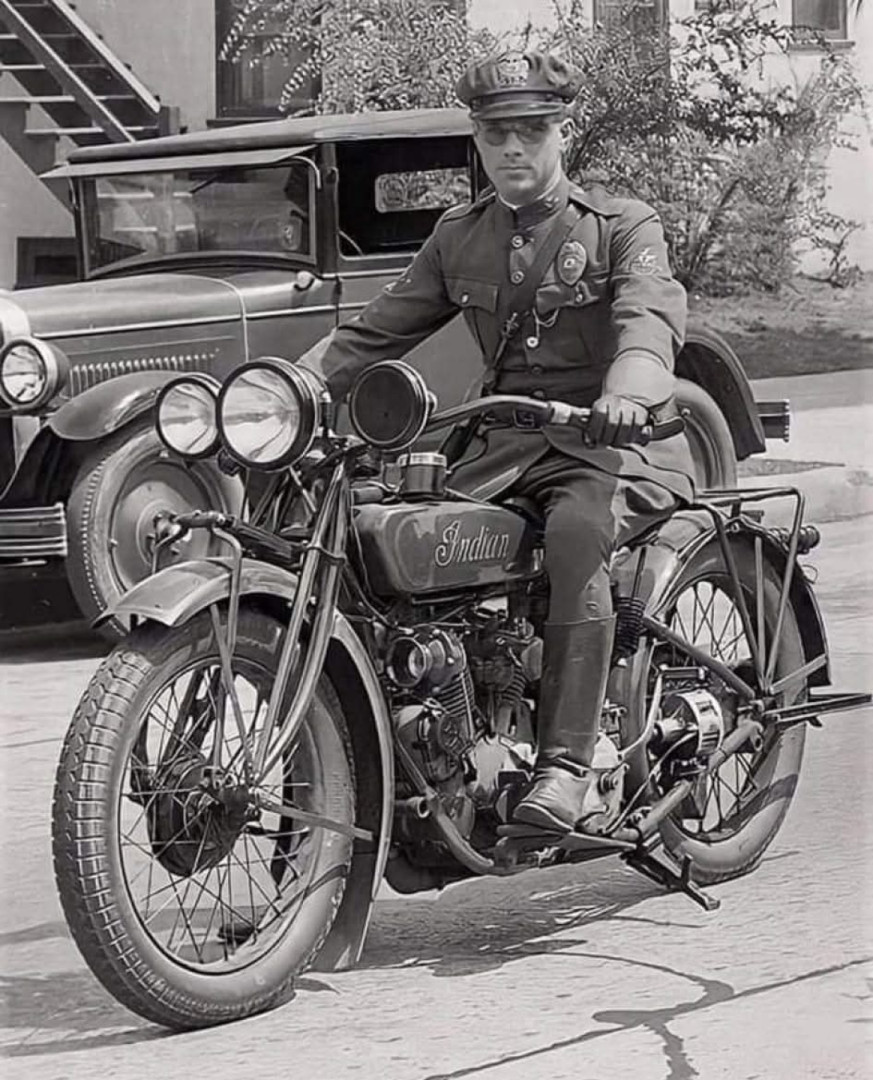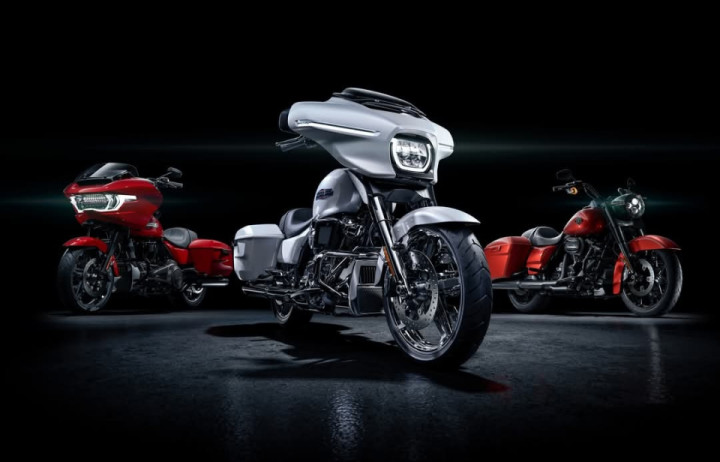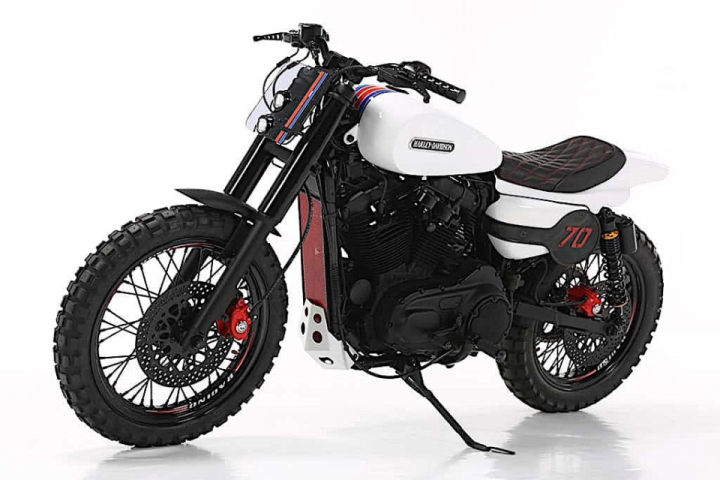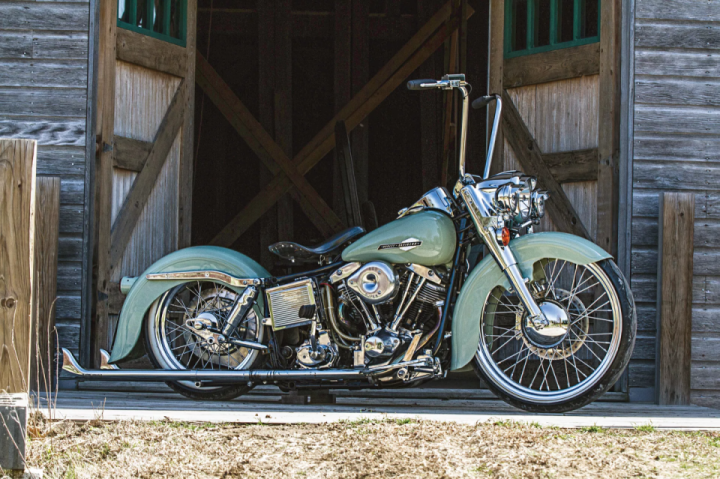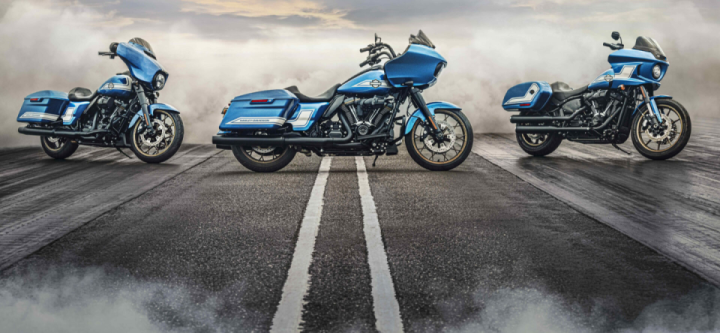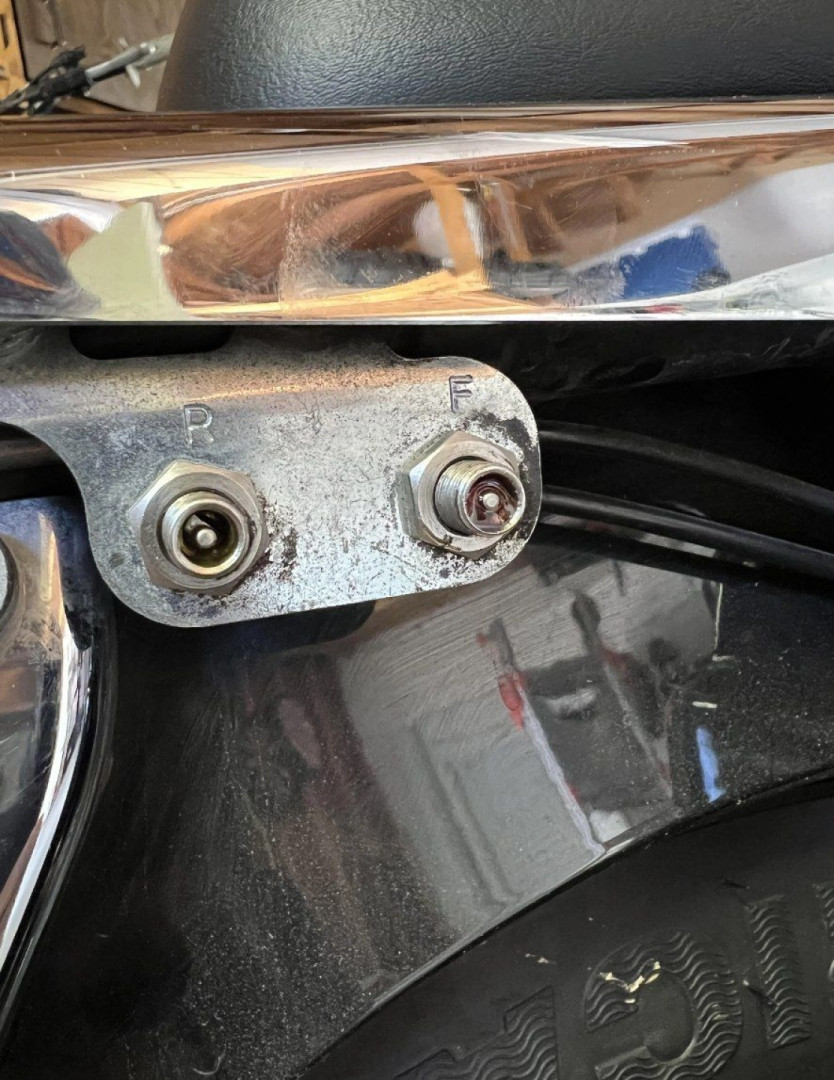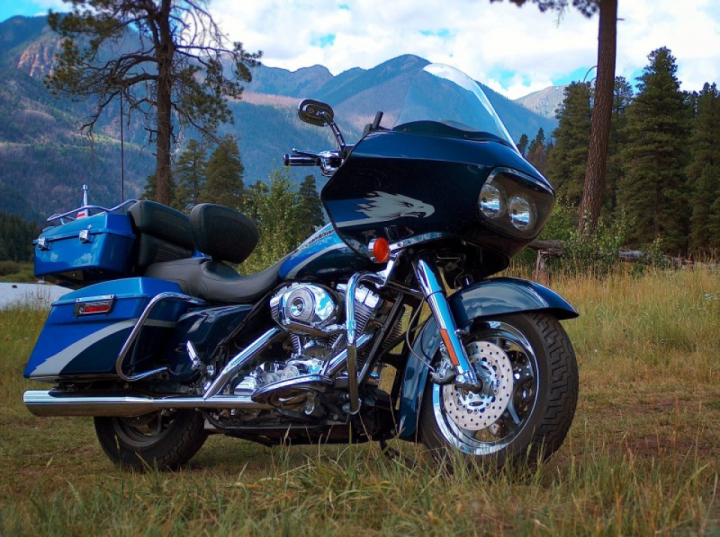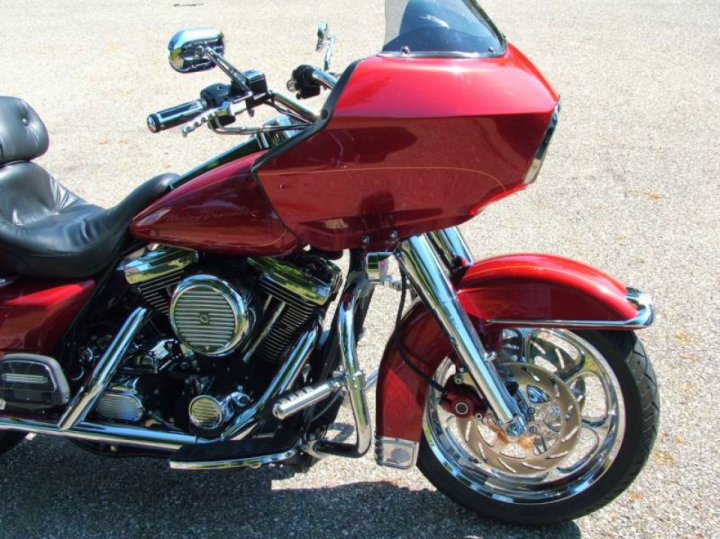By the late 1940s Harley-Davidson's first overhead-valve twin - the legendary Knucklehead - was beginning to show its age, prompting Harley to engage in a wholesale revision for 1948 in the form of the Panhead. While the engine's bottom end remained fundamentally unchanged, the top end gained aluminium cylinder heads and those distinctive rocker covers. Oil lines were internalised and hydraulic valve lifters adopted, an innovation that greatly reduced tappet noise and simplified maintenance. Maximum power went up to 50bhp in the 74ci FL, but the main advantage of the many improvements was greater reliability.
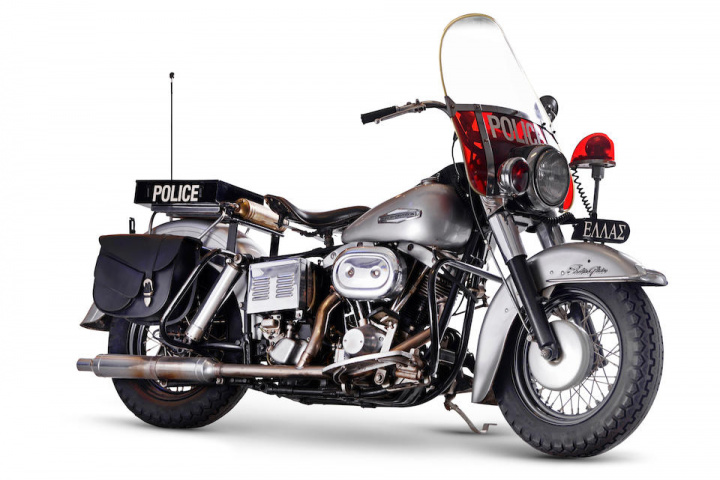
The 'Panhead' featured a new 'wishbone' frame incorporating bowed front downtubes, and in 1949 gained an hydraulically damped telescopic front fork, becoming the 'Hydra-Glide', though this name was originally applied only to the fork and did not become an official model title until 1951/1952. The advent of hydraulically damped rear suspension in 1958 saw the Panhead renamed 'Duo-Glide'.

Two important events in the lengthy development of Harley's perennial v-twin occurred in the mid-1960s when the 74ci (1,200cc) FH and FLH Duo-Glide adopted electric starting (1965) and the revised 'Shovelhead' engine the following year. Now known as the 'Electra Glide' - without question one of the most evocative names in motorcycling history Harley's updated cruiser featured a new frame to house the large 12-volt battery and a reshaped primary drive cover to accommodate the electric starter mechanism. H-D was unable to afford the costs of developing an entirely new engine, so made do instead with a revised top end (the 'Shovelhead') featuring a larger aluminium version of the Sportster cylinder head, an improvement that liberated a further 5bhp. The Shovelhead 'Glide continued in production for a further 18 years, gaining alternator electrics, electronic ignition and disc braking as the years progressed before bowing out in 1983 with the arrival of the Evolution-engined 'Glide. The world's oldest surviving motorcycle manufacturer, Harley-Davidson is acutely aware of its heritage and the Electra-Glide has remained a cornerstone of the range to this day.
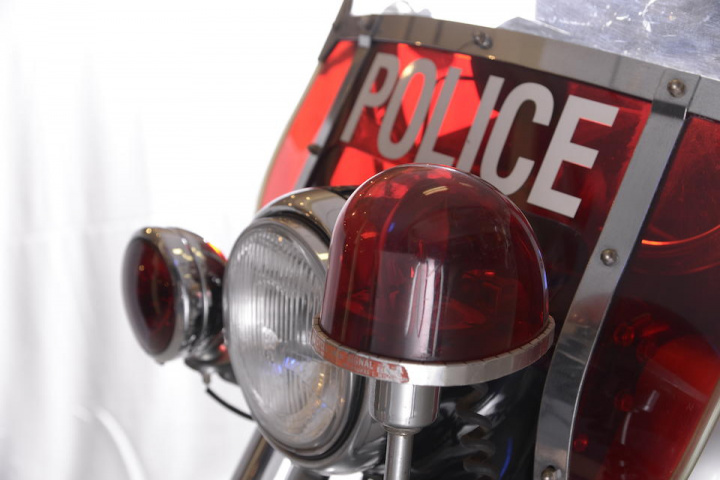
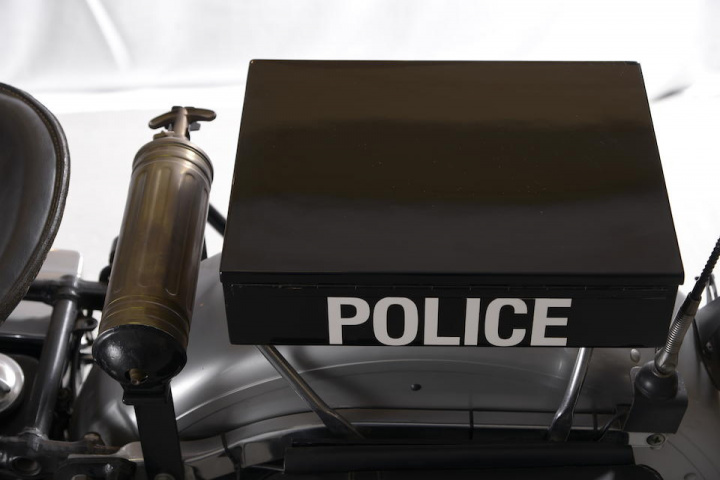
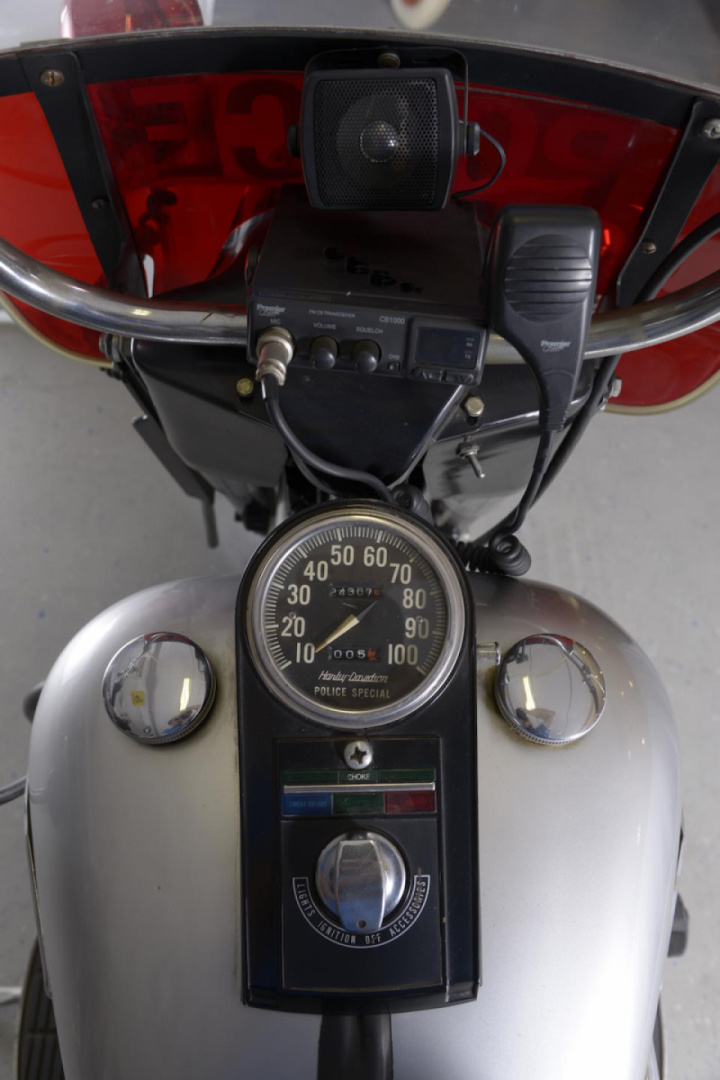
#HD #Harley #Moto #Bike





